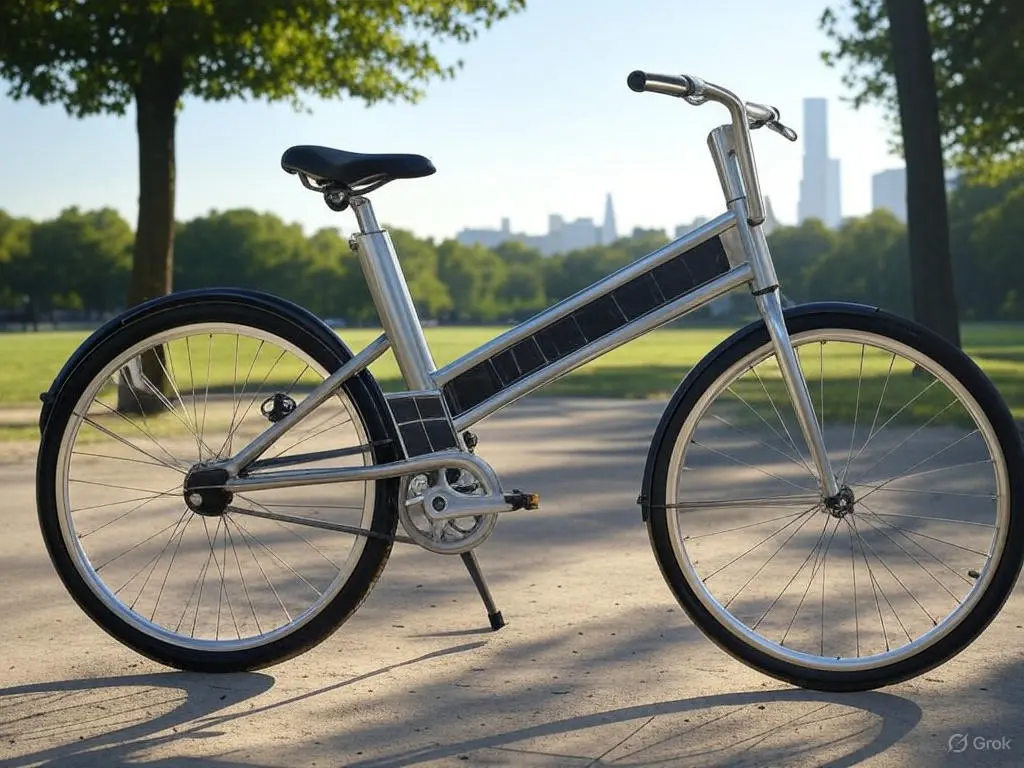Automated Cycle: Explained Simply, Completely, and Right at the Start

An automated cycle is a system that performs a series of tasks automatically, without human intervention, based on pre-defined conditions or logic. Whether it’s your washing machine completing a rinse-spin-dry cycle or a factory robot assembling car parts, automated cycles are everywhere. They help streamline operations, reduce effort, and boost productivity—and that’s exactly what you came here to know, right?
Table of Contents
What Is an Automated Cycle?
An automated cycle refers to a repeatable series of steps carried out by a machine or system, triggered by sensors, programmed instructions, or timers. These cycles are designed to operate consistently and independently after being activated.
For example:
- A smart washing machine runs through washing, rinsing, and spinning without needing you to intervene.
- In a factory, robotic arms pick, place, and weld materials in a specific pattern on loop.
Types of Automated Cycles
1. Industrial Automation Cycles
These include complex machinery in manufacturing and production lines that follow set instructions to perform tasks like cutting, assembling, testing, and packing.
2. Home Automation Cycles
Think smart thermostats that adjust room temperature or sprinkler systems that water your garden on schedule. These are programmed to follow daily routines.
3. Automotive & Mobility Automation
From automatic gear shifts to self-driving cars performing lane-switching maneuvers, mobility-based automation cycles are getting smarter with AI.
Key Components of an Automated Cycle
To understand how these cycles work, let’s break down their core parts:
- Sensors: Detect environmental inputs like temperature, position, or pressure.
- Controllers: Microcontrollers or PLCs (Programmable Logic Controllers) that decide what to do.
- Actuators: These move parts—motors, arms, etc.—based on controller signals.
- Feedback Systems: Sensors again check if the task is done properly and loop the process if needed.
Benefits of Using Automated Cycles
- Speed: Complete tasks faster than humans
- Accuracy: Consistent output, every single time
- Savings: Lower labor and error costs
- Scalability: Handle large volumes effortlessly
- Safety: Keep humans away from dangerous tasks
Real-World Use Cases of Automated Cycles
Manufacturing
From assembling smartphones to welding cars, automated cycles are the core of modern manufacturing.
Smart Homes
Appliances like air purifiers, thermostats, and lights follow scheduled or sensor-based cycles.
Electric Vehicles
Battery management, autopilot functions, and motor control all run on automated loop systems.
Agriculture
Irrigation cycles, fertilizer distribution, and crop monitoring are all being automated to optimize yields.
How Do Automated Cycles Work?
Picture this like a loop:
- Sensor detects an event
- Controller processes the signal
- Actuator performs the task
- Sensor confirms completion
- Loop resets or proceeds to next task
This is known as a control loop, and it’s the heart of automation.
Industrial Applications
Factories around the globe use automated cycles in:
- Assembly lines for car and electronics manufacturing
- Packaging machines for FMCG products
- Inspection and quality control using cameras and AI algorithms
Automated Cycles in Daily Life
You use them more than you realize:
- Washing Machines: From wash to dry, all on a programmed cycle
- Air Conditioners: Maintain temperature automatically
- Smart Lights: Turn on/off based on your routine or daylight
AI and IoT in Automated Cycles
AI Makes It Smarter
Using machine learning, systems learn from usage patterns, adjust cycles dynamically, and even predict when something will go wrong.
IoT Makes It Connected
IoT enables remote monitoring and real-time adjustments. Think of your phone notifying you when your washing is done.
Common Challenges
Even smart systems can glitch. Some issues include:
- Sensor Failures: Dirty or damaged sensors can send wrong data
- Programming Bugs: Faulty logic might cause an incomplete cycle
- High Initial Costs: Setting up full automation can be expensive upfront
Future Trends in Automated Cycles
- AI-Powered Self-Optimization: Systems that tweak themselves
- Autonomous Transport: Self-driving fleets with decision loops
- Blockchain Integration: Immutable tracking of automation data
How to Set Up an Automated Cycle
1. Choose Your Hardware
Pick sensors, controllers (like Arduino, Raspberry Pi, or PLCs), and actuators based on your task.
2. Write the Logic
Use a programming language like Python or ladder logic for PLCs. Define your loop, triggers, and actions.
3. Test Thoroughly
Run simulations, perform real-world tests, and watch for bugs.
4. Add Safety Layers
Always include emergency stop buttons and fault detection systems.
Conclusion
Automated cycles are no longer future tech—they’re already here, making life easier, work faster, and systems smarter. Whether you’re automating your home, your office, or an entire factory, these cycles do the heavy lifting. They’ve gone from luxury to necessity in today’s world. With AI and IoT continuing to evolve, the possibilities are only expanding.
FAQs
What is an automated cycle in simple words?
It’s a series of steps that a machine performs on its own, like a washing machine going from wash to dry.
Can I use automated cycles at home?
Absolutely! Devices like smart thermostats, lights, and appliances use them.
Are they expensive to maintain?
Not really. After the initial setup, maintenance is generally low-cost and infrequent.
Is AI necessary for automation?
Not always, but AI greatly enhances performance by learning and optimizing tasks.
How safe are these systems?
Very safe when installed with proper sensors, checks, and emergency shutoffs.






